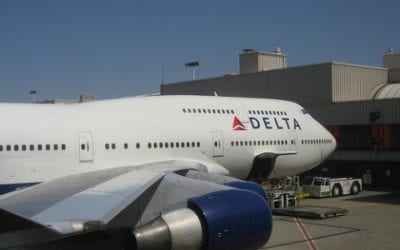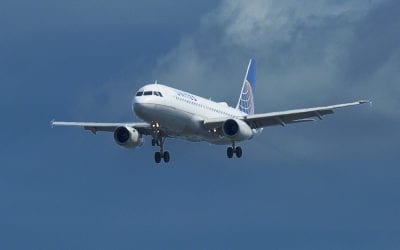Airlines like to pretend they aren’t cartels and monopolies. Then, they change fares and surcharges, almost in unison. The unannounced latest change for Europe fares might be one of the worst I’ve seen, raising the stopover fee from $100 to $500.
Stopover fees can be maddening in general to travelers. These fees drive travel agents crazy; they are the ones who need to explain them to their clients. The explanations ring hollow, because the fees don’t really make sense. If a traveler is flying from point A to C via B, why should it matter to the airline if you get off the plane in B for a day or more?
Even before deregulation, some airlines did have what is referred to as a “HIP” fare rule — translation, higher intermediary point. This meant that if you were traveling say, from Los Angeles connecting through Paris to Istanbul, and the Los Angeles to Paris fare was higher than Los Angeles to Istanbul, then you would pay at least that higher fare if you stopped in Paris. Which seems reasonable enough.
More recently, the least expensive airlines sale fares to Europe usually don’t allow any stopover of more than 24 hours. But many regular super-saver type fares have allowed a stopover for about $100.
These fees are a’changin’, a lot.
Last week I priced some fares to Eastern Europe in early December on Lufthansa for a client, with a stop in Munich for the Christmas Markets. The stopover fee was $100 plus tax. This week, when they were ready to book, the fare for the identical flights, which were still wide open, was about $400 higher. Why? Because the stopover, for less than 48 hours, is now $500. Bringing an $851 base fare totaling $1,646 with taxes and surcharges, up to $2,046.
When I quickly checked the other carriers in the market, magically they all have the same $500 charge. I understand that it probably costs the airline something extra in having to check in a passenger twice. It might cost a bit more to potentially deal with their luggage. But $500!?#@! Especially when it was $100 last week.
Are there ways around this? Possibly, in some cases, it might be cheaper to issue two or more separate tickets, using discount intra-Europe fares. But even if that works, this could result in issues with connections and luggage, including higher checked bags fees. It might also mean higher change fees and, potentially, not getting frequent flier miles on the inter-European tickets.
Another option might be open-jaw fares, where a ticket is issued into one city and out of the other. Then travelers need to figure out a way between the two. On legacy carriers, however, one way fares tend to be quite expensive, so often this means dealing with funky European discount airlines, if they have workable flights. Or, perhaps a train may work.
The 500 percent increase in the stopover fee on these fares, which took effect about October 7, appears to apply across Europe. A quick check showed United, Lufthansa, Swiss, British Airways, Iberia, American, Swiss, Delta, KLM and Air France all matching this 500 percent increase. While these sound like a lot of airlines, it’s really only three airline alliances, which makes matching the fare hike even easier.
Once again, the airline rationale appears to be, because we can.
Photo: Courtesy Wikimedia



